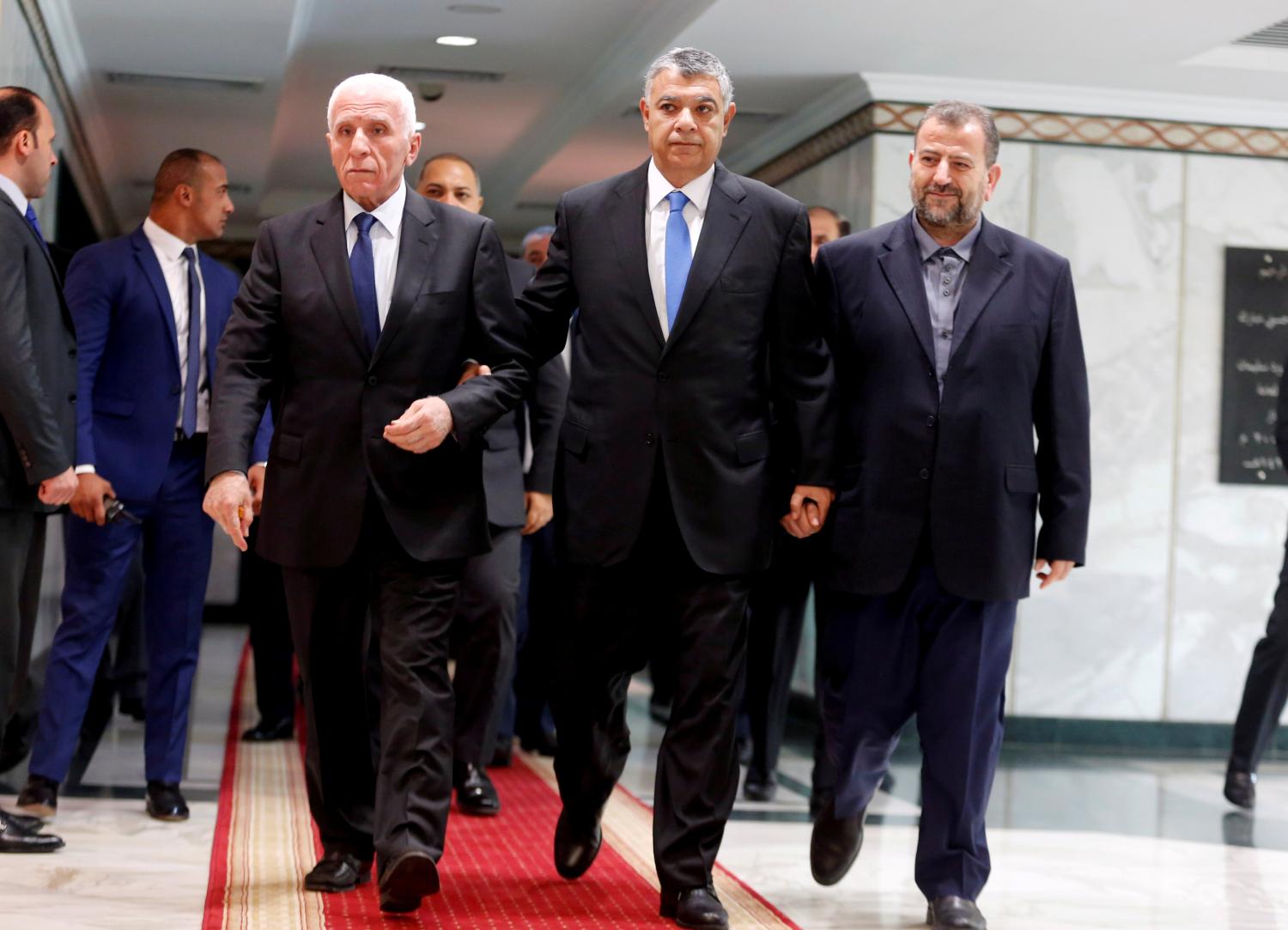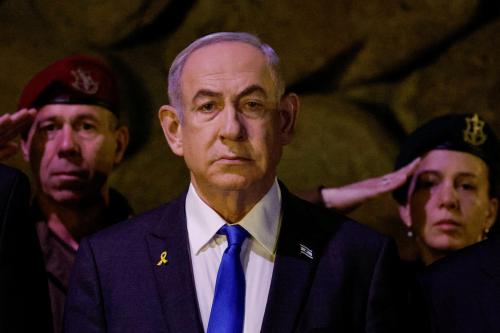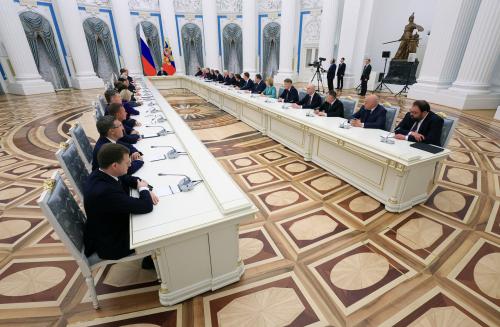Content from the Brookings Doha Center is now archived. In September 2021, after 14 years of impactful partnership, Brookings and the Brookings Doha Center announced that they were ending their affiliation. The Brookings Doha Center is now the Middle East Council on Global Affairs, a separate public policy institution based in Qatar.
This analysis paper focuses on the political division between Fatah and Hamas as the principle obstacle to intra-Palestinian reconciliation. The lack of trust between the two factions is rooted in the 2007 division, or fitna. This separation occurred when Hamas took control of the Gaza Strip after winning the 2006 elections for the Palestinian Legislative Council (PLC) and after a period of violent clashes between Hamas and Fatah security forces. In the decade since the 2007 division, Fatah and Hamas have signed several reconciliation agreements, but the will to carry out the agreements often withered before the ink was dry. Despite several meaningful attempts, calls for reconciliation on both sides have mostly been rhetorical. Deep mistrust has caused each attempt at reconciliation to falter, and tensions between the two key Palestinian political parties continue to this day.
This paper will extensively address the key concepts of transitional justice and reconciliation in the case of Palestine. Transitional justice refers to the ways in which countries that have emerged from periods of conflict and repression can address large-scale or systematic human rights violations to which the conventional or existing justice system does not have adequate responses.
The principal question is: To what extent can transitional justice and its mechanisms further intra-Palestinian reconciliation?
The need for intra-Palestinian reconciliation is urgent for many reasons. First, the humanitarian situation in Gaza is deteriorating by the day. Second, reconciliation is crucial to minimize the risk of intra-factional violence and to increase the chances of reaching peace with Israel in light of the upcoming battle on who should succeed President Mahmoud Abbas. Third, the actions of the Trump administration, particularly the potential “deal of the century” and the transfer of the U.S. embassy to Jerusalem, could lead to an irreversible separation between Gaza and the West Bank.
This paper argues that the state of Palestine can draw inspiration from transitional justice mechanisms in order to overcome the intra-Palestinian divide. It analyzes the applicability and potential of these mechanisms, proposing that they can strengthen reconciliation regardless of whether transitional justice is adopted whole-scale. While transitional justice is no panacea and can, when applied in a context-insensitive manner, exacerbate tensions, select mechanisms can move the current reconciliation efforts forward. This paper will focus on reconciliation agreements and reparation payments, as well as non-monetary mechanisms, such as symbolic reparations (which include acknowledgment, memorialization, and apology); truth-telling and dialogue; and the reform of the Palestinian judiciary.




